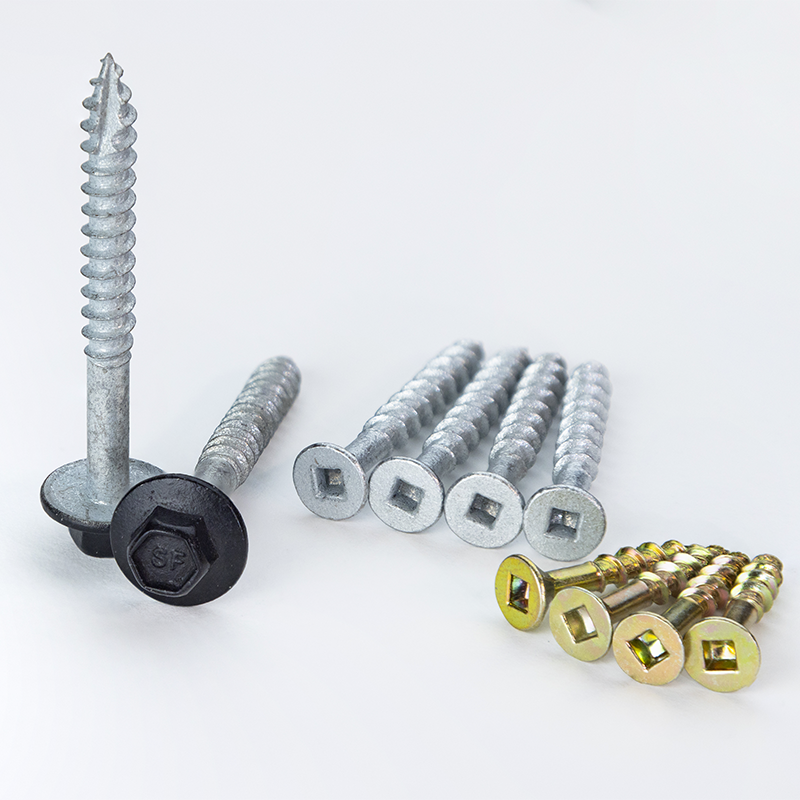In the era when inserting screws relied solely on the power of a screwdriver, the Phillips head screw reigned supreme. Its design, featuring a cross-shaped indentation on the head, allowed for easier insertion and removal compared to traditional slotted screws. However, with the widespread use of cordless drill/drivers and Lithium Ion pocket drivers, the landscape of screw-driving has evolved significantly.
Today, there is a vast array of screw types available, each catering to specific applications and materials. Self-tapping screws, for instance, are equipped with a sharp, self-drilling point that eliminates the need for pre-drilling a hole, making them ideal for metal or plastic surfaces. Self-drilling screws, on the other hand, combine drilling and tapping capabilities, making them suitable for fastening materials like wood and gypsum board.
Drywall screws, also known as gypsum board screws, have a bugle-shaped head that reduces the risk of tearing the fragile drywall material. Chipboard screws, specifically designed for particleboard and other engineered wood products, feature coarse threads that ensure a secure grip. Wood screws, as the name suggests, are tailored for wood applications, with various types available such as round head, flat head, and countersunk head.
For heavy-duty projects involving concrete or masonry, concrete screws are the go-to choice. These screws feature a self-tapping thread design and require pre-drilled holes. Hex screws, characterized by their hexagonal head, provide a more secure grip and are commonly used in automotive and machinery industries. Similarly, roofing screws are designed for fastening roofing materials, with their weather-resistant coatings ensuring durability and longevity.
When it comes to screw heads, there are several types to choose from. Countersunk (CSK) screws have a head that tapers to sit flush with the surface, providing a neat and seamless appearance. Hex head screws, with their six-sided shape, offer a greater torque control, making them suitable for high-torque applications. Pan head screws have a slightly rounded top and are commonly used in electronics and furniture assembly. Pan truss screws have a larger, flatter head, providing increased surface area and enhanced holding power. Pan washer screws combine the features of a pan head and a washer to distribute the load and prevent surface damage. Hex washer screws, integrating the benefits of a hex head and a washer, offer even greater holding power.
The choice of driver, the tool used to insert and remove screws, is equally important. Phillips drivers, specially designed for Phillips head screws, are widely used due to their versatility. Slotted drivers, with a flat blade, are used for traditional slotted screws. Pozidriv drivers, with their star-shaped design, minimize cam-out and provide increased torque. Square hexagon drivers, often referred to as square drive, offer superior gripping power and reduced slippage.
As our methods of driving screws have evolved, the range of screw types, head types, and driver options have expanded, catering to a diverse set of applications and materials. Whether it is assembling furniture, constructing buildings, or performing DIY projects, selecting the right screw, head type, and driver is crucial for achieving a secure and sturdy outcome. Innovation in screw technology continues to advance, constantly improving the efficiency and ease with which we tackle screw-driving tasks.
Post time: Jul-31-2023


